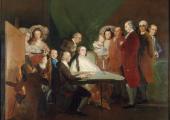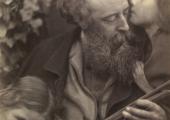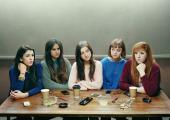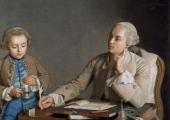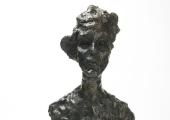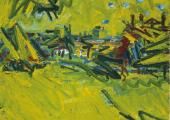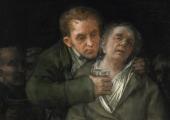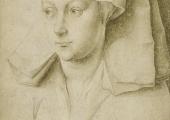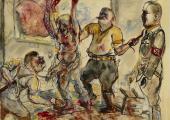Søren Dahlgaard’s Dough Portraits
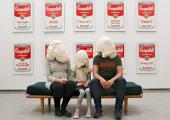
Our pick of images from the Danish artist's new book
Can a portrait really be a portrait if we can’t see a person’s face? And what if the reason we can’t see their face is that it is covered with a lump of dough? Is it a joke? And if it is a joke, is it on us or them? Or perhaps it is a joke about art itself: doughy masks aside, Dahlgaard’s portraits are in every other way conventional, and dough is not so dissimilar to clay, a venerable material in the history of art.

